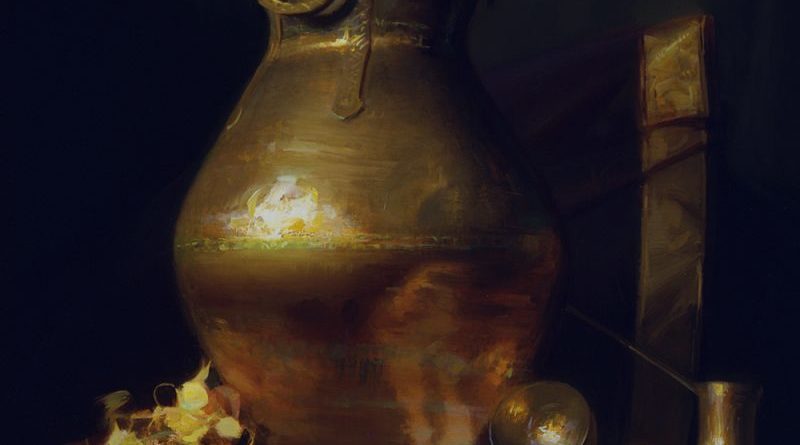Painting Shadows
In this wonderful and informative blog, Stacy Kamin leads us through the very complex theory of shadows when painting light and shadow in the chiaroscuro way of working in oil. In oil painting shadows help create the illusion of dimension. One of the most important techniques is the skill to use light and shadow to create the illusion of a three-dimensional space on a two-dimensional surface. The direction of the light determines the form shadow on the object and the cast shadow, which describes the surface where the shadow is cast. The cast shadow also tells the viewer the perspective of the artist painting the setup.
“ Shadows are the bones of a painting,” says David A Leffel.
What is shadow in painting?
What is a cast shadow in art?
Do shadows have color?
What is the color of the shadow?
Painting Shadows
Shadows are the stillness in a painting. Without strong shadows, light has no counter point. A painting needs areas where nothing happens so that the active parts of the painting–the light–can have more impact.
Shadows are warm and lights are cool. Shadows have the quality of depth and transparency whereas lights have the quality of cool opacity. In the shadow, warm colors recede and cool colors come forward, whereas the opposite happens in the light–warms advance and cools recede. This is true in natural light, whether outside or inside the studio. Understanding this principle will make your paintings seem real!
To learn more, watch this Free Video!





Leave a Reply
You must be logged in to post a comment.